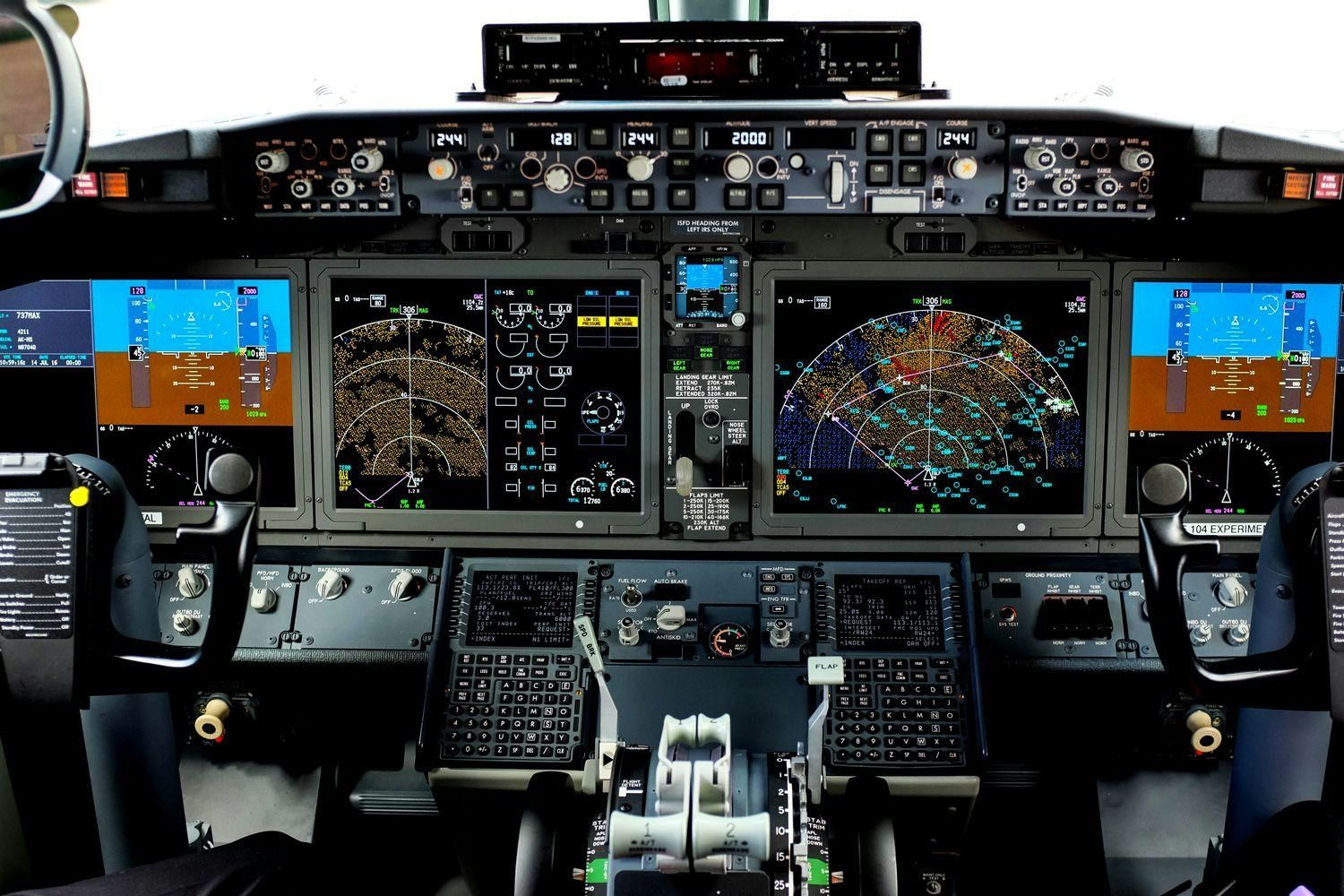
AeroGenie — Your Intelligent Copilot.
Trending
Categories
Global Aviation Market Projected to Reach $524 Billion by 2030
Global Aviation Market Projected to Reach $524 Billion by 2030
Mordor Intelligence’s latest analysis forecasts the global aviation market to expand from $358.85 billion in 2025 to $524.14 billion by 2030, reflecting a compound annual growth rate (CAGR) of 7.87%. This robust growth is underpinned by increasing travel demand, substantial investments in sustainable propulsion technologies, and transformative shifts in both passenger and cargo operations. The sector’s evolution is further characterized by intensifying competition and strategic realignments among key industry players.
Market Trends and Industry Dynamics
Passenger Demand and Fleet Modernization
The resurgence of global air travel has prompted airlines to modernize their fleets with an emphasis on fuel efficiency and cost reduction. The integration of next-generation aircraft enables operators to accommodate rising passenger volumes while optimizing operational expenditures. This modernization effort is a critical driver of the market’s upward trajectory, as carriers seek to balance capacity expansion with environmental and economic considerations.
Growth in Air Cargo
The rapid expansion of e-commerce has significantly increased demand for air cargo services. Airlines and logistics providers are responding by enlarging dedicated freighter fleets and converting passenger aircraft for cargo use. These developments have enhanced market size and improved logistics efficiency, positioning air freight as a vital component of the aviation sector’s growth.
Advancements in Sustainable Propulsion
The aviation industry is undergoing a pivotal transition toward greener technologies. Both public and private sector investments are accelerating the adoption of sustainable aviation fuel (SAF) and advanced propulsion systems. In response to mounting regulatory and consumer pressures to reduce emissions, airlines are increasingly deploying more efficient engines and exploring alternative power sources, signaling a fundamental shift in propulsion strategies.
Emergence of Advanced Air Mobility
Advanced Air Mobility (AAM), particularly electric vertical takeoff and landing (eVTOL) aircraft, is emerging as a rapidly expanding segment within the aviation market. With regulatory approvals for vertiport construction and a growing number of prototype flights, AAM is poised to become a significant contributor to future market growth, potentially reshaping urban transportation and regional connectivity.
Competitive Landscape and Strategic Developments
The competitive environment within the aviation sector is intensifying as new partnerships and strategic initiatives reshape market dynamics. Notably, Hindustan Aeronautics Ltd (HAL) has entered into a partnership with Russia to manufacture the Sukhoi Superjet-100 (SJ-100) in India. This collaboration has the potential to disrupt established market players such as Boeing and Airbus, a prospect reflected in the positive response of HAL’s stock, which signals investor confidence in the company’s expanded role.
Concurrently, Boeing continues to secure substantial contracts in Asia, supported by trade agreements established during the Trump administration, underscoring the region’s growing strategic importance. However, Boeing faces challenges, including a potential $4 billion charge related to delays in its 777X jet program. This development has introduced caution among investors and highlights the inherent risks associated with large-scale aerospace projects.
Market Segmentation and Leading Players
The aviation market is segmented by type, propulsion, power source, fit, and geography. Key segments include commercial, military, general aviation, unmanned aerial systems, and advanced air mobility. Propulsion types range from traditional turboprop and turbofan engines to emerging hybrid-electric and fully electric systems. Power sources encompass conventional fuels, SAF-based options, fuel cells, batteries, and solar energy. The market is further divided by line fit and retrofit applications, with geographic segmentation covering North America, South America, Europe, the Middle East and Africa, and Asia-Pacific.
Prominent industry participants include The Boeing Company, Airbus SE, Lockheed Martin Corporation, Embraer S.A., and Textron Inc., all of which play significant roles in shaping the sector’s competitive landscape.
Outlook
The global aviation market is entering a phase of maturity driven by passenger recovery, cargo expansion, and a decisive shift toward cleaner propulsion technologies. While North America currently leads the market, the Asia-Pacific region is emerging as the fastest-growing area. As original equipment manufacturers and service providers adapt to evolving sustainability and technological trends, the sector remains dynamic and competitive, with innovation and new entrants poised to influence the future trajectory of global aviation.

The Continued Importance of Charter Flight Cost and Time Estimators for Business Aviation
Pivot Airlines to Acquire First DHC-8-Q300 Aircraft

Boeing Subsidiary Unveils Pilotless Air Taxi

Horizon Progresses Cavorite X7 Toward IFR-Certified Flight

Comparing the Costs of the Boeing 747 and 787

UAE to Begin Drone Deliveries for Noon Minutes Orders
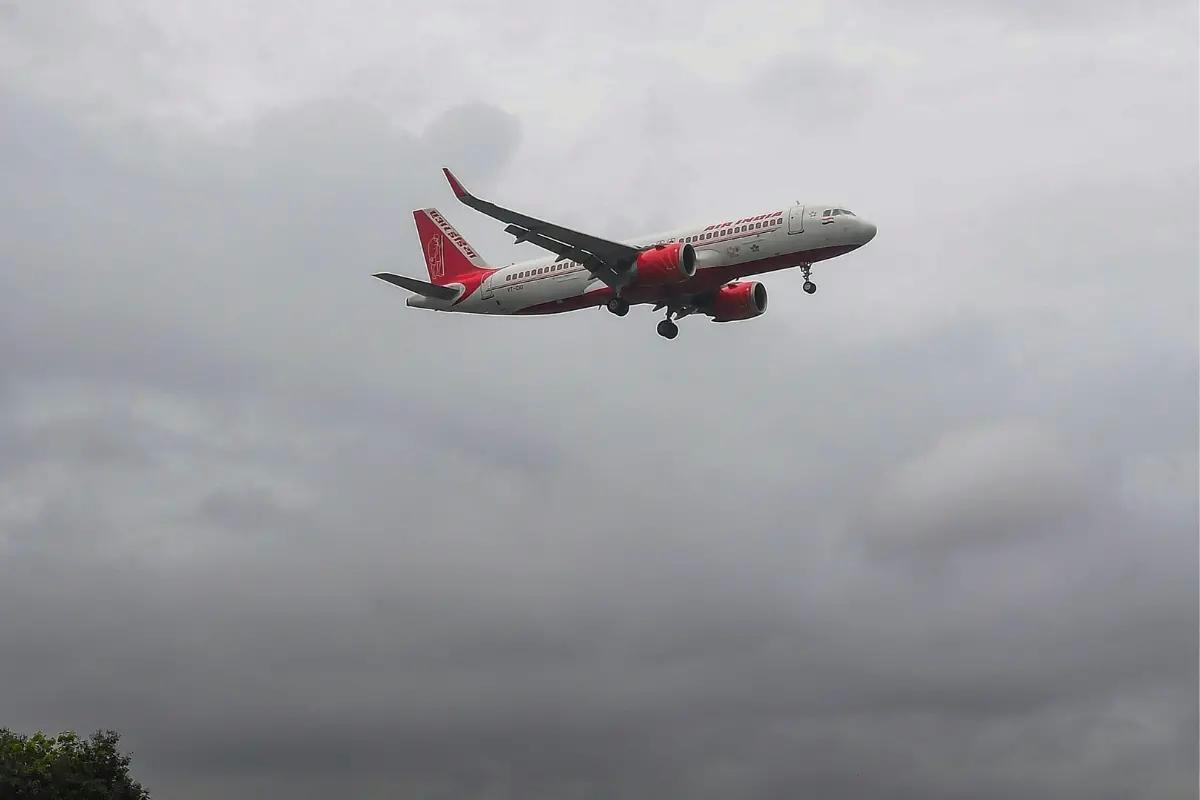
Air India CEO Predicts Visible Changes in 2026
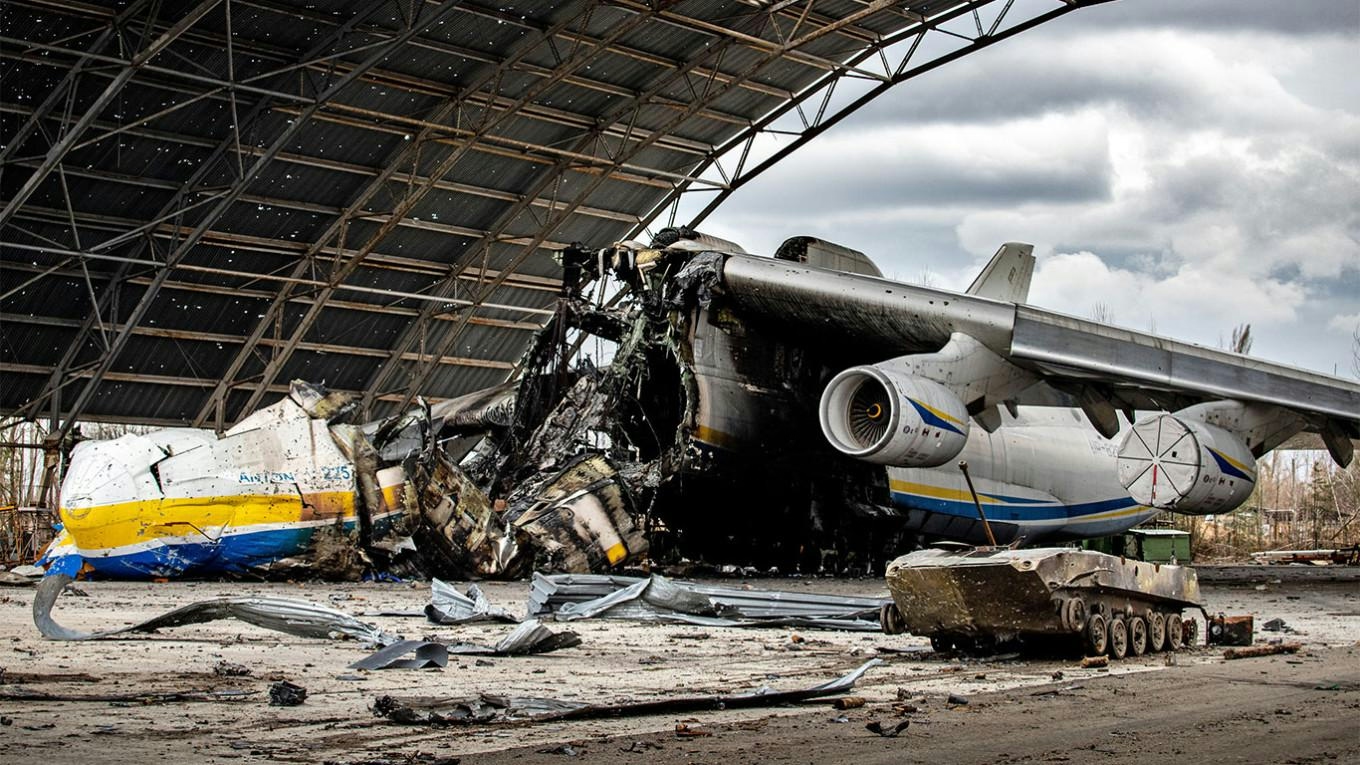
The Aircraft Poised to Replace the World’s Largest Commercial Jet
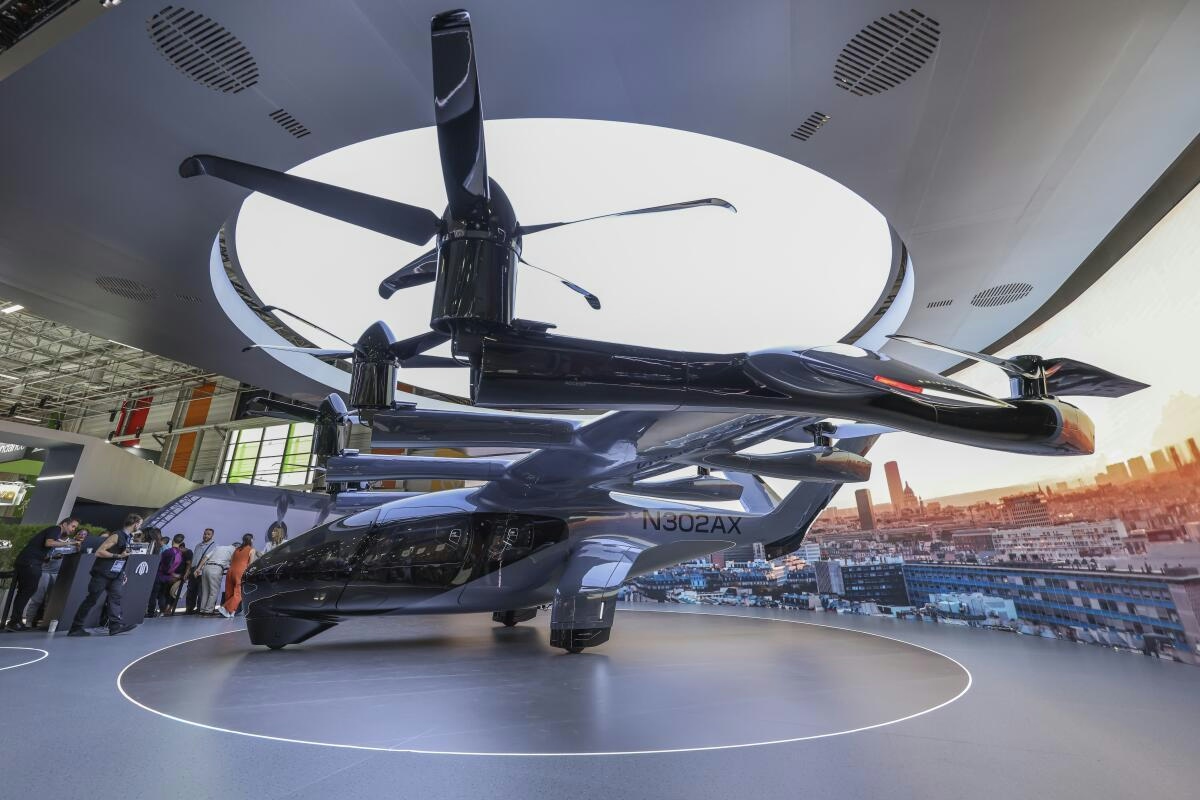
China’s Flying Taxi Industry Faces Challenges
